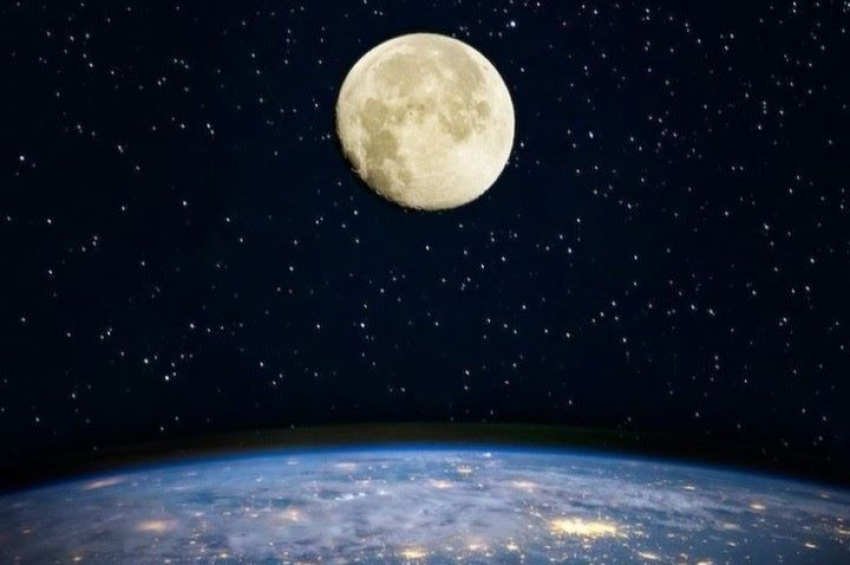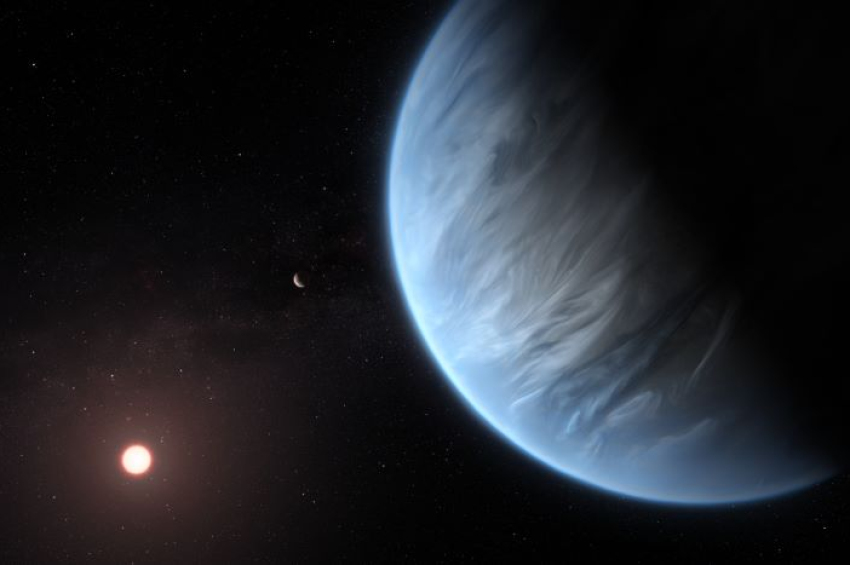During Earth's infancy, a day lasted only 4 hours
Long before a day stretched to the familiar 24 hours, Earth spun much faster—completing a full rotation in just 4 hours. This dramatic difference in day length was not coincidental. It was shaped by powerful cosmic forces tied to the formation of the Earth and its closest celestial companion: Moon, according to Takanori Sasaki, a planetary scientist at the Kyoto University.
He asserts that when the Earth and Moon formed around 4.5 billion years ago, our planet spun at a much higher speed. At that time, the Moon orbited at just three times Earth's radius — barely above the Roche limit, the minimum distance a satellite can remain intact due to tidal forces.
More to read:
Earth’s days grow 1.35 seconds every 100,000 years
Over time, as the Moon slowly drifted away, Earth's rotation also began to slow, extending the length of a day and 30,000 years after the Moon’s formation, a day on Earth lasted 6 hours. At 60 million years, it stretched to 10 hours, the researcher was quoted as saying in a statement released by the University of Sao Paulo’s Institute of Advanced Studies.
By the time life began to emerge — 3.5 billion years ago — days were around 12 hours long. Photosynthesis began when days were 18 hours, eukaryotic cells appeared with 21-hour days, and multicellular life emerged when the day reached 23 hours. Our early human ancestors arrived just 4 million years ago, when the 24-hour cycle was nearly in place.
More to read:
New study confirms that our Moon is shrinking and crumbling
The key to understanding this evolution lies in the Moon’s influence on Earth.
Sasaki described the widely accepted theory of lunar origin: a Mars-sized object collided with the proto-Earth, generating a massive impact that ejected fragments into orbit. These fragments coalesced to form the Moon just outside the Roche limit.
The collision also created a magma ocean on Earth, separating heavy metals into the core and leaving silicates in the mantle. Researchers use this differentiation — tracked through isotopic analysis of hafnium-182 and tungsten-182 — to date the impact and, by extension, the formation of the Earth and Moon to about 4.5 billion years ago.
More to read:
Earth flipped over on its side 84 million years ago
Since then, the Moon has been slowly drifting away. Measurements from the Lunar Laser Ranging Experiment — using lasers bounced off lunar reflectors placed during the Apollo missions — show that the Moon is receding at a rate of 3.8 centimeters per year.
This steady retreat is a result of complex tidal interactions: as the Moon's gravity raises tides on Earth, friction slows Earth's rotation. At the same time, Earth's spin transfers angular momentum to the Moon, pushing it farther out and gradually slowing both the Earth's rotation and the Moon’s orbit.
More to read:
Earth used to have a ring like Saturn
This celestial tug-of-war alters both day length and month duration. Evidence from fossilized sea shells even suggests that hundreds of millions of years ago, months were as short as 9 days—implying the Moon orbited much closer and faster. Today, with the Moon averaging 384,400 km from Earth, the month lasts about 30 days.
Kepler’s third law also plays a role: the farther an object is from the body it orbits, the longer its orbital period. Thus, as the Moon distances itself, its orbit slows, and so does Earth’s spin. Eventually, scientists predict the Moon will reach a stable point at 80 times Earth's radius — though that won't happen for billions of years.
In Sasaki’s view, the evolving dance between Earth and Moon is not just a matter of planetary mechanics — it’s intimately tied to the timeline of life itself.
***
When you send us a coffee-worth amount, you are funding a small, science-loving media outlet. For 1 euro a month, you actually get a subscription to select topics covered from an unbiased point of view, in an easy to crack way to digest. You are also welcome to send as much as you like, any amount is welcome: PayPal office[at]rudeana.com or https://paypal.me/newscafeeu, or https://buymeacoffee.com/newscafe






